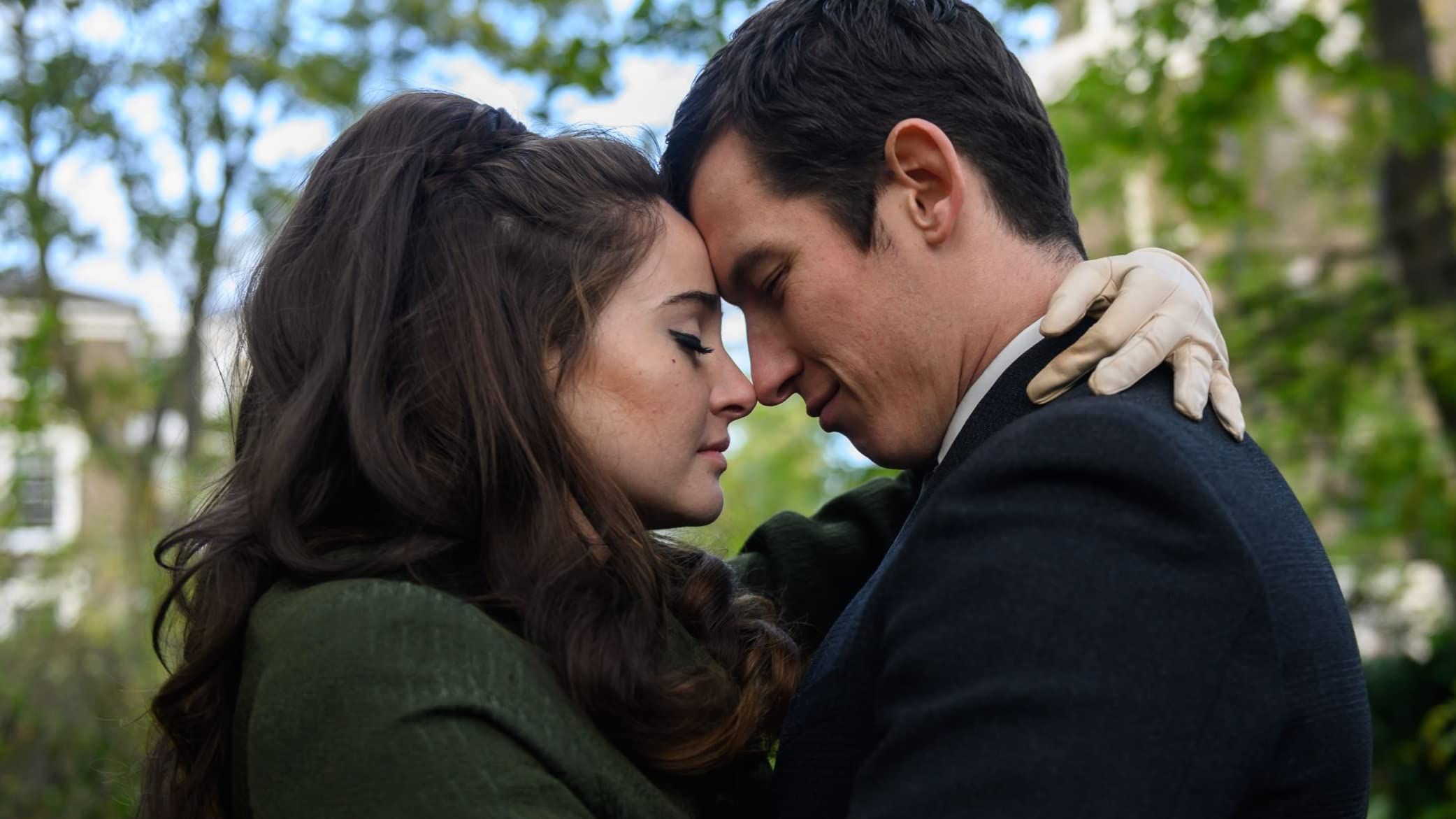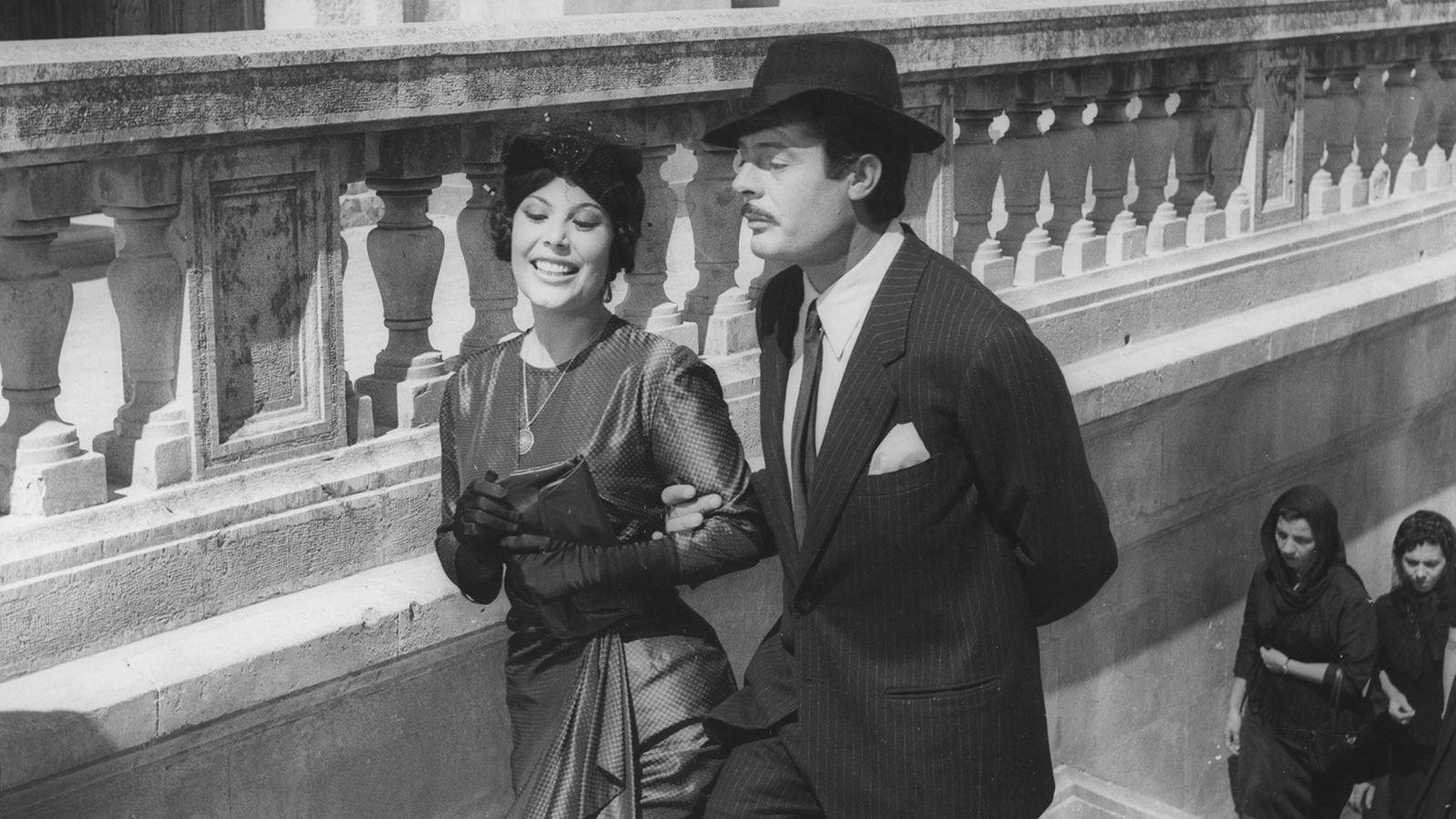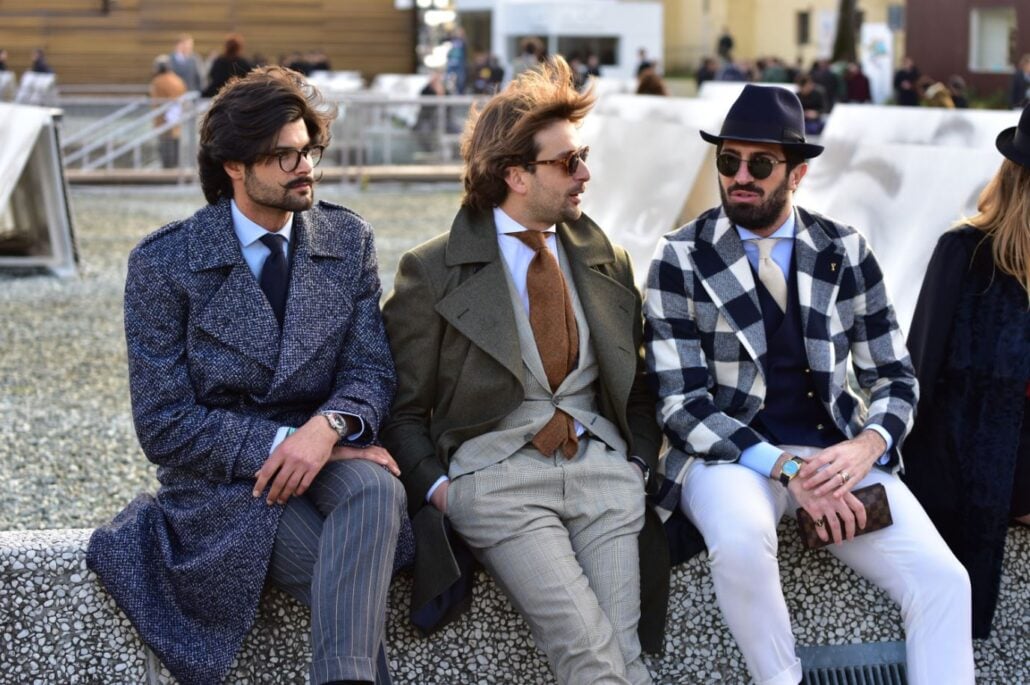When it comes to love stories, the depiction of Italian men in movies has always been a source of intrigue. From passionate gondoliers singing romantic serenades on the canals of Venice, to carefree Romeos enjoying life in Sicily – these images have captivated audiences around the world for decades.
But how realistic is this portrayal? Is it rooted in truth or merely an idealized vision created by Hollywood filmmakers? This article explores this question as we seek to uncover the true nature of Italian men and their relationship with romance.
Myth or Reality: A Critical Look at the Portrayal of Italian Men in Romantic Movies

From classic films like Roman Holiday to modern rom-com such as To Rome with Love, Italian men have been central characters in many romantic movies. But how true-to-life are these portrayals of Italian men?
Are they realistic reflections of Italy’s culture and values or merely stereotypes perpetuated by Hollywood? In this article, we take a critical look at the representation of Italian men in romantic movies and explore whether it is myth or reality. We begin by examining some common tropes associated with Italian male characters: their charm, good looks, wit, and allure.
While these characteristics may be exaggerated for effect on the screen, there is no denying that Italians do possess a certain je ne sais quoi that makes them irresistible to women around the world.
However, what often goes unquestioned is if these traits align with typical views held within Italy itself about masculinity – something which can only be answered through an exploration of traditional gender roles in the country today.
Investigating Representations of Italian Masculinity Across Popular Films

Italian films have historically depicted the masculine Italian male as a symbol of passion and romance. From classic love stories to modern tales of forbidden love, these romantic films often perpetuate stereotypes about Italian masculinity that may not always be true.
This article will explore how realistic the representation of Italian men in popular movies is by examining both positive and negative traits attributed to them over time. We’ll look at characters from iconic films such as La Dolce Vita, Cinema Paradiso, The Godfather trilogy, and Life Is Beautiful to better understand what roles they play within their respective narratives.
Through this examination, we will attempt to uncover if there is any truth behind these archetypes or if filmmakers are simply relying on misconceptions for cinematic effect. Finally, we will consider whether or not audiences should take away anything from these depictions when trying to form an accurate understanding of Italian masculinity today.
Conclusion

Italian men have been depicted in romantic movies for decades, as having a passionate and caring nature. But how realistic is this depiction? While it’s true that Italian men can be very loving and attentive partners, they are also known to be fiercely independent and traditional in their values.
Ultimately, the portrayal of Italian men in romantic movies may not fully reflect reality but instead provides an idealized version of what a relationship could look like. Despite this, the enthusiasm and passion displayed by the characters do often capture some small part of what makes Italian men so attractive to many people around the world.
 Howl Movie
Howl Movie



